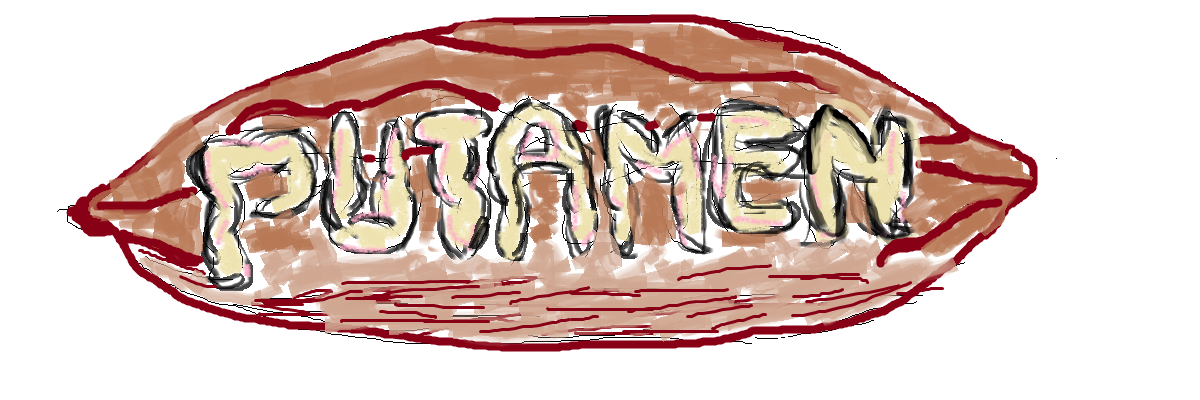You’re reading Part III in a 5-part series about sewage science. Catch up on Parts I and II before diving into this one.
Devin Bowes, at ASU, was eventually persuaded to change course, signing on as a graduate student in Halden’s lab. Now, she focuses on using wastewater to study something else that comes into—and out of—our bodies: food.
“We know that there’s a connection between what we eat and human health outcomes,” Bowes said. And “there is a connection between what we eat and how we feel.” As a trained nutritionist, Bowes was familiar with the current methods of gathering data on what we eat, like patient food logs or diaries. But those, she says, are subject to biases and omissions. People don’t—or won’t—write down everything. Instead, Bowes and other researchers are proposing to analyze wastewater for the breakdown products of foods, called biomarkers, that can give an objective view of what people are eating.
Bowes gives the example of citrus fruits. Several studies have shown that increased consumption of citrus is correlated with lower body mass index (BMI), lower blood pressure, and better overall diet. Let’s say you want to know how many lemons, oranges, or other citrus fruits people in a community are consuming. Instead of handing out a survey to everyone in town, you could instead measure the amount of a biomarker called proline betaine, a metabolite produced by the body after eating citrus, in wastewater. By doing so, you could tell which communities eat more citrus, and therefore may have healthier diets, and which communities eat less citrus, and therefore may be more at risk for chronic health conditions. Such data allows public health officials to target limited resources to the neediest populations.
Nutrition is still a relatively new application of WBE, and much of the research remains in its early stages. Last year, Bowes coauthored a study with Phil Choi at the University of Queensland that identified a few candidate biomarkers, including those that indicated consumption of whole grains and fiber (enterodiol and enterolactone), meat (1-methylhistidine), cruciferous vegetables (allylisothiocynates), and soy foods (genistein and daidzein). More work is needed to translate these biomarkers from theory to practice.
But once these biomarkers are measured in sewage, they could help to pinpoint social, demographic, and economic disparities. This stems from the perhaps not-so-surprising relationship between socioeconomic status and food consumption, and thus, biomarker levels in wastewater. In a 2019 study, Choi found that consumption of vitamins, citrus, and fiber were associated with indicators of higher socioeconomic status, supporting a known and disturbing trend—of disadvantaged and minoritized groups lacking access to healthy foods. Wastewater analysis can help rectify this disparity by identifying what communities are receiving the appropriate nutrition they need to be well, and which are not, Bowes said. Choi and Bowes hope that their findings can translate to direct interventions, such as opening more grocery stores that serve fresh fruits and vegetables in “food deserts” without places to buy healthy food. These interventions are critical for combating nutrition-related chronic diseases, like Type II diabetes.
“I do think that we need to pay more attention to what people are eating and understand that it is affecting our health,” Bowes said. “That can set us up for success when diseases like COVID-19 arise”—when individuals with underlying conditions like diabetes are at higher risk.
Yet many aspects of nutrition lack unique, identifying biomarkers that can’t be tracked. Choi points out that there is no way to measure how much fast food someone eats from their waste. But there may be another way to study overall dietary patterns: by zeroing in on the microbiome.
The microbiome consists of the trillions of bacteria that live in and on our bodies, outnumbering our own cells by 10 to 1. Friendly bacteria in our guts help us absorb nutrients from food, but imbalances in the microbial community can lead to disease and inflammation. The unique species composition of our microbiomes plays a huge role in our health; a well-known study in mice found that when the microbiome of a lean animal was transplanted to an obese one, the obese mouse slimmed down—and vice versa.
Scientists have focused on understanding the microbiome of individual people. But what if we could use sewage to capture the microbiome of an entire population?
This was the impetus for a study coauthored by Ryan Newton and Sandra McLellan, researchers at the University of Wisconsin’s School of Freshwater Sciences. In the study, published in 2015, Newton and McLellan profiled the bacterial communities present in sewage.
To identify what bacterial species were present, they extracted a type of genetic material from over 200 sewage samples taken in 71 U.S. cities. Using data gathered from the Human Microbiome Project, they were able to divide bacteria found in the sewage into human and non-human sources.
Even though only 10% of the bacteria were determined to be of human origin (with the rest coming from animals, the environment, and other places), the effort still yielded a remarkable finding. Researchers discovered they could predict if a sample came from a city with a higher or lower obesity rate with more than 80% accuracy, supporting the idea that the bacterial profiles of “lean” and “obese” populations were indeed distinct. Furthermore, sewage from “obese” cities had more of a subspecies of bacteria associated with a diet high in animal fat and a microbiome lower in diversity—what the authors called a pro-inflammatory gut type.
McLellan and Newton acknowledged that since the research was published five years ago, the science of microbiomes has gotten more complex than a simple “lean” or “obese” distinction. But the study proved a key concept: that bacteria in sewers can tell us about the collective “gut” of a community, and consequently, collective health.
“I think the idea is certainly something a lot of people are grabbing a hold of now,” Newton told me. “You can use microbiome data in sewage to look at various population-level dynamics in humans.”

